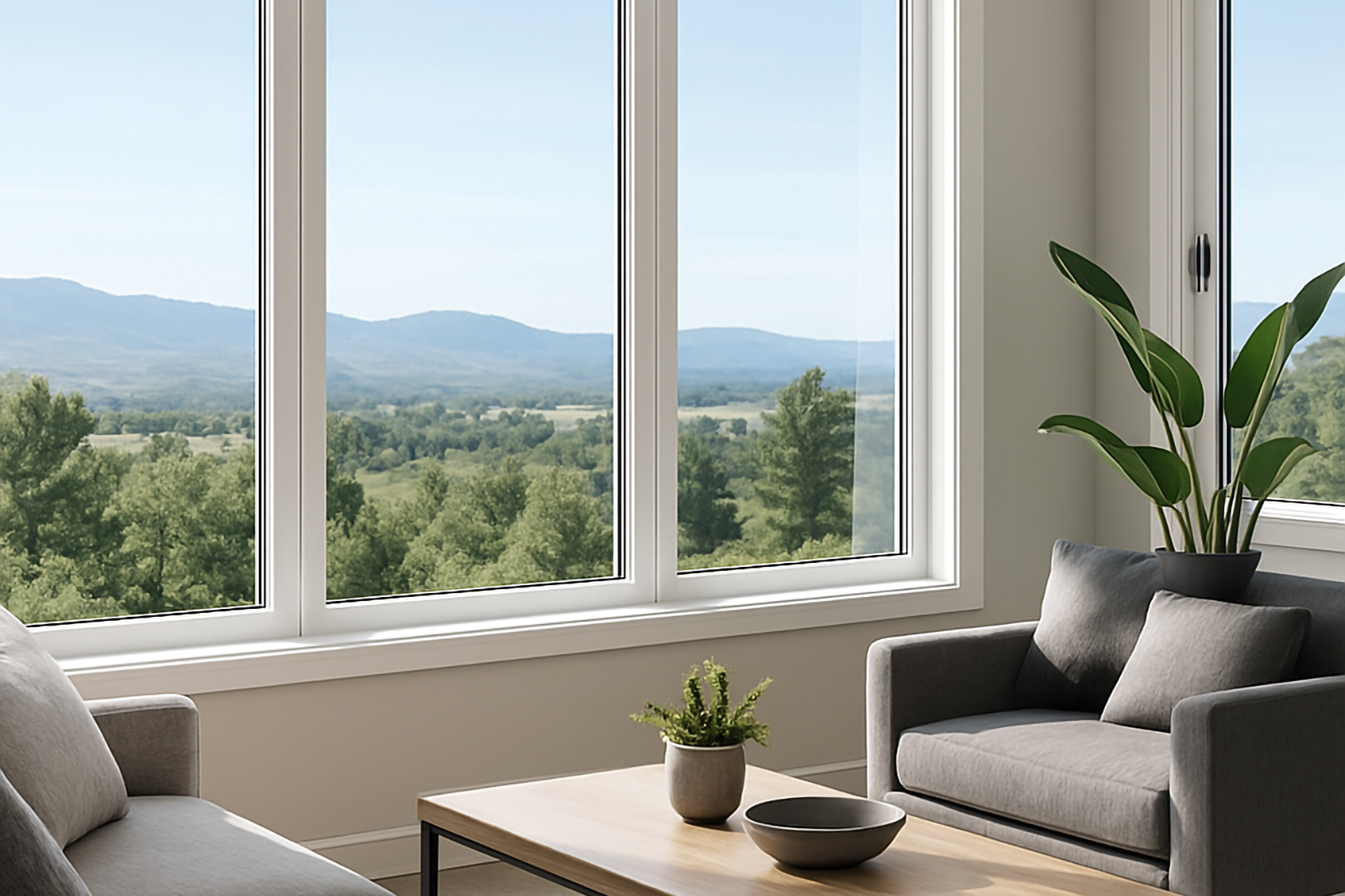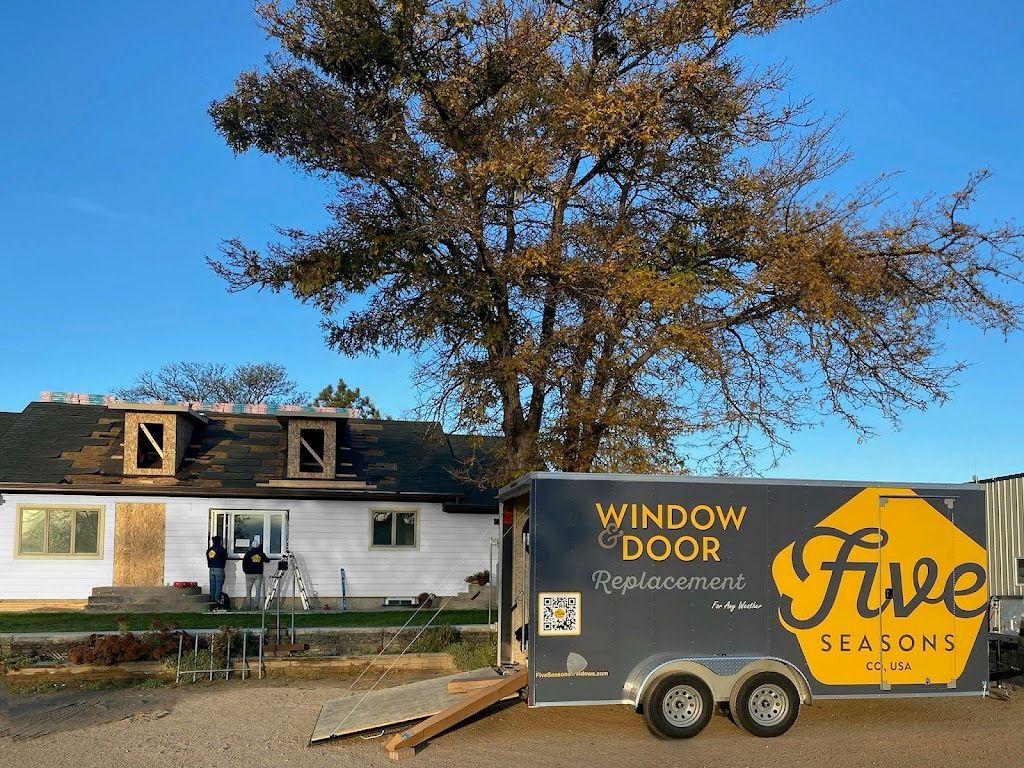Vinyl window styles for modern homes benefits center on exceptional energy efficiency achieving U-factors as low as 0.20-0.25 through advanced multi-chamber frame construction, Low-E glass packages, and precision weathersealing that reduces heating and cooling costs by 20-30% compared to older window technology. Modern vinyl windows combine clean contemporary aesthetics with thermal performance, low maintenance requirements, and cost-effective pricing that aligns perfectly with modern architectural design principles emphasizing efficiency and minimalist appeal.
According to ENERGY STAR performance data, quality vinyl windows designed for modern homes deliver thermal efficiency ratings 40-50% better than standard windows while requiring virtually no maintenance beyond periodic cleaning, creating ideal solutions for contemporary homeowners prioritizing both performance and convenience. These combined benefits make vinyl windows leading choices for new construction and renovation projects focused on modern design aesthetics and sustainable living principles.
Understanding how specific vinyl window styles complement modern architecture while delivering measurable energy savings and practical benefits helps homeowners select optimal window solutions that enhance both design quality and long-term home performance.
Contemporary Window Styles for Modern Architecture
Casement Windows for Clean Lines
Casement windows provide unobstructed glass views and slim profile frames that complement modern architectural emphasis on maximizing natural light and minimizing visual interruption. The side-hinged operation opens completely outward creating seamless indoor-outdoor connections while providing superior ventilation control compared to sliding or double-hung alternatives.
Modern vinyl casement windows feature narrow sightlines and large glass areas that align with contemporary design preferences for expansive views and abundant daylight. The clean operation and minimal frame presence make casement styles particularly suitable for modern homes where window function supports rather than dominates architectural expression.
Picture Windows for Architectural Impact
Fixed picture windows maximize glass area while achieving superior energy efficiency through elimination of operable components and weatherstripping gaps. These large format windows create dramatic architectural statements while providing uninterrupted views that connect interior spaces with outdoor environments central to modern design philosophy.
Vinyl picture windows offer cost-effective solutions for feature walls requiring maximum daylight and views without ventilation requirements. The combination of large glass expanses and excellent thermal performance makes picture windows ideal for modern homes balancing aesthetic impact with energy efficiency goals.

Energy Efficiency Performance
Advanced Thermal Insulation
Modern vinyl window frames utilize multi-chamber construction with thermal barriers creating superior insulation that prevents heat transfer between interior and exterior environments. These engineered cavities trap air creating R-values of 3-4 or higher significantly exceeding single-chamber designs or alternative frame materials.
The thermal efficiency of vinyl frames combines with advanced Low-E glass packages and argon gas fills achieving overall window U-factors of 0.20-0.30 suitable for passive house standards and net-zero energy construction. This exceptional performance reduces HVAC loads while maintaining comfortable interior temperatures year-round.
Low-E Glass Integration
Low-E coatings on modern vinyl windows reflect infrared heat while transmitting visible light creating selective solar control optimized for different climate zones and orientations. These microscopic metallic layers reduce heat transfer by 30-50% compared to clear glass while blocking 99% of UV radiation protecting interior finishes and furnishings.
The combination of thermally efficient vinyl frames and performance glass packages creates comprehensive window systems achieving 20-30% heating and cooling cost reductions compared to older windows. This measurable energy savings justifies vinyl window investment through utility bill reductions and improved comfort.
Low Maintenance Requirements
Minimal Upkeep Demands
Vinyl windows require only periodic cleaning with soap and water maintaining appearance and function without painting, staining, or refinishing needed for wood alternatives. The color-stable materials resist fading, chalking, and weathering maintaining original appearance throughout 20-30 year service lives typical of quality vinyl installations.
The maintenance-free characteristics particularly benefit modern homeowners with busy lifestyles prioritizing convenience and time efficiency. Unlike wood windows requiring regular maintenance to prevent deterioration, vinyl alternatives deliver consistent performance without ongoing care investments.
Weather and Moisture Resistance
Vinyl materials naturally resist moisture, rot, and insect damage that affect wood products, eliminating common maintenance issues requiring repairs or replacements. The non-porous surfaces prevent water absorption that causes warping, swelling, or structural degradation affecting alternative materials.
This durability proves especially valuable in modern homes with large window installations where maintenance accessibility or costs could become significant factors. The weather resistance ensures long-term performance without the deterioration common to exposed wood or metal components.
Design Versatility and Customization
Color and Finish Options
Modern vinyl windows offer extensive color selections including contemporary neutrals, bold accents, and woodgrain textures accommodating diverse design preferences from minimalist white to dramatic black frames. The color-through manufacturing ensures consistent appearance without surface coatings that can peel or require refinishing.
Interior and exterior color customization allows coordinating window appearance with architectural finishes and design schemes. This flexibility supports cohesive aesthetic integration whether matching trim colors, contrasting for architectural emphasis, or creating seamless transitions between indoor and outdoor spaces.
Configuration Flexibility
Vinyl windows accommodate various configurations including floor-to-ceiling installations, corner windows without mullions, and large format designs creating architectural features central to modern home design. The material strength and engineering flexibility enable custom solutions matching specific design visions and performance requirements.
Multiple window styles can combine creating custom compositions balancing fixed and operable units optimizing ventilation, views, and energy efficiency. This design adaptability makes vinyl suitable for both standardized modern home construction and custom architectural applications requiring unique solutions.
Cost-Effectiveness and Value
Competitive Initial Investment
Vinyl windows typically cost 20-40% less than comparable wood or fiberglass alternatives while delivering equivalent or superior energy performance, making them practical choices for budget-conscious modern home projects. The cost advantage allows allocating resources to other design priorities or upgrading to larger windows enhancing modern aesthetic goals.
The favorable pricing extends across various quality levels from standard efficiency models to premium performance windows, providing options for different budget constraints and performance requirements. This cost flexibility makes vinyl accessible for both entry-level modern homes and luxury custom construction.
Long-Term Value Proposition
The combination of energy savings, minimal maintenance costs, and extended service life creates compelling total cost of ownership advantages for vinyl windows in modern homes. Annual energy savings of $100-300 per window combined with eliminated maintenance expenses often result in lower lifetime costs than initially cheaper but higher-maintenance alternatives.
Property value benefits from energy-efficient vinyl windows include improved home ratings, reduced utility costs for buyers, and modern aesthetic appeal supporting market competitiveness. These value factors create investment returns extending beyond immediate cost considerations.
Sustainable Building Integration
Energy Conservation Benefits
Vinyl windows contribute significantly to whole-home energy efficiency supporting green building certifications including LEED, Energy Star, and passive house standards. The superior thermal performance reduces carbon footprint through decreased heating and cooling energy consumption aligning with sustainable living priorities common in modern home design.
The lifecycle energy savings from efficient vinyl windows often exceed manufacturing energy investment within 1-3 years of operation, creating positive environmental impact throughout 20-30 year service lives. This sustainability credential appeals to environmentally conscious modern homeowners prioritizing low-impact living.
Material Sustainability Considerations
Modern vinyl manufacturing includes recycled content and produces fully recyclable products at end of service life supporting circular economy principles. The durability and longevity of quality vinyl windows reduce replacement frequency minimizing resource consumption compared to shorter-lived alternatives requiring more frequent replacement cycles.
The low maintenance requirements eliminate need for chemical treatments, paints, or stains that can introduce environmental concerns during use phase. This reduced chemical dependency supports healthier indoor environments and minimizes ecological impact throughout product lifecycle.
For homeowners planning winter installations of modern vinyl windows, understanding seasonal timing considerations and professional installation techniques ensures optimal results regardless of weather conditions. For comprehensive information about cold-weather window replacement and heat loss prevention strategies, explore our detailed guide: 🔗When to Replace Patio Doors in Winter Without Losing Heat

People Also Ask About Vinyl Window Styles for Modern Homes
1. What vinyl window styles work best for modern home designs?
Casement windows, picture windows, and large sliding windows work best for modern home designs through their clean lines, minimal frame visibility, and ability to create expansive glass areas maximizing natural light and views. These styles align with modern architectural emphasis on indoor-outdoor connections and unobstructed sightlines.
Contemporary vinyl window designs feature slim profiles and narrow sightlines that minimize visual interruption while maximizing glass area. Black, gray, and white frame colors particularly complement modern aesthetics, though custom colors accommodate specific design requirements.
Combining fixed picture windows with strategically placed operable units creates functional solutions maintaining modern aesthetic while providing necessary ventilation. This approach balances the clean appearance of large glass expanses with practical operational requirements typical of modern home living.
2. Are vinyl windows energy efficient enough for modern passive house standards?
Yes, premium vinyl windows can achieve passive house standards with U-factors of 0.15-0.20 through advanced multi-chamber frames, triple-pane Low-E glass packages, and argon or krypton gas fills. These high-performance vinyl windows meet stringent thermal requirements while maintaining cost advantages over alternative premium materials.
Modern vinyl window engineering has advanced significantly with manufacturers offering passive house certified products specifically designed for ultra-low-energy construction. The thermal performance rivals or exceeds wood and fiberglass alternatives at lower cost points making vinyl practical for energy-focused modern homes.
Achieving passive house performance requires careful specification of appropriate glass packages, frame construction, and installation methods, but vinyl material properties support these requirements without compromising affordability or maintenance advantages that make vinyl attractive for modern applications.
3. How long do vinyl windows last in modern homes?
Quality vinyl windows in modern homes typically last 20-30 years with proper installation and minimal maintenance, with premium products potentially extending to 30-40 years in favorable conditions. The longevity matches or exceeds alternative materials while requiring significantly less maintenance investment throughout service life.
Modern vinyl formulations include UV stabilizers and impact modifiers preventing degradation common in older vinyl products, ensuring consistent performance and appearance throughout extended service lives. The material improvements make contemporary vinyl windows suitable for long-term installations expected in quality modern construction.
Service life varies based on quality level, climate exposure, and maintenance practices, but modern vinyl windows demonstrate excellent durability supporting lifecycle cost advantages through reduced replacement frequency compared to shorter-lived alternatives.
4. Can vinyl windows achieve the large sizes required for modern architecture?
Yes, modern vinyl windows accommodate large sizes including floor-to-ceiling installations and wide picture windows through reinforced frame construction and engineered structural supports. Manufacturers offer products specifically designed for architectural applications requiring expansive glass areas central to modern design.
Size limitations have expanded significantly with contemporary vinyl engineering allowing single units up to 8-10 feet in width or height depending on configuration and structural requirements. Larger installations can utilize mulled units creating seamless appearances while maintaining structural integrity.
The combination of material strength, engineering advances, and reinforcement options makes vinyl suitable for dramatic modern window installations previously limited to wood or aluminum alternatives. This capability expansion supports contemporary architectural visions without compromising vinyl's practical advantages.
5. What are the main benefits of choosing vinyl over wood or aluminum for modern homes?
The main benefits include 20-40% lower initial costs, superior energy efficiency through multi-chamber insulation, virtually no maintenance requirements, weather and moisture resistance, and extensive color options accommodating modern design preferences. These practical advantages align perfectly with modern home priorities of efficiency, convenience, and cost-effectiveness.
Vinyl windows deliver comparable or better energy performance than wood alternatives while eliminating maintenance demands that conflict with modern lifestyle preferences. Compared to aluminum, vinyl offers significantly better thermal performance preventing condensation and cold transfer issues common with metal frames.
The combination of performance, convenience, and value makes vinyl ideal for modern homes where initial investment, ongoing costs, and time demands all factor into material selection decisions. While wood may offer traditional appeal and aluminum provides industrial aesthetics, vinyl delivers practical benefits supporting modern living priorities.
Our Take
At Five Seasons Windows & Doors, we install vinyl windows in modern homes throughout Colorado where the combination of energy efficiency, low maintenance, and clean contemporary aesthetics makes them ideal choices for new construction and renovation projects. Our experience shows that modern homeowners particularly appreciate the performance and convenience vinyl delivers without the ongoing maintenance commitments that wood alternatives require.
Colorado's challenging climate including intense UV exposure, extreme temperature swings, and unpredictable weather makes vinyl durability and weather resistance especially valuable for modern home applications. We consistently see vinyl windows from manufacturers like Anlin maintaining excellent performance and appearance while requiring minimal homeowner intervention throughout years of service.
We believe vinyl windows represent optimal solutions for modern homes where energy efficiency, design aesthetics, and practical considerations all matter equally. The material advances in contemporary vinyl products have eliminated historical concerns about durability or appearance while maintaining cost and convenience advantages that make vinyl leading choices for quality-conscious modern homeowners.
Final Takeaway
Vinyl window styles for modern homes benefits include exceptional energy efficiency achieving U-factors of 0.20-0.30, minimal maintenance requirements, contemporary aesthetic compatibility, and cost-effectiveness making them ideal for modern construction and renovation projects. The combination of thermal performance and practical advantages aligns perfectly with modern home priorities emphasizing efficiency, convenience, and sustainable living.
Understanding how specific vinyl window styles complement modern architecture while delivering measurable performance benefits helps homeowners select optimal solutions that enhance both design quality and long-term value. Contemporary vinyl windows offer clean lines, large glass areas, and advanced energy technologies supporting modern design visions without compromising practical considerations.
Professional installation of quality vinyl windows ensures optimal energy performance, proper weathersealing, and long-term durability that maximizes the comprehensive benefits vinyl delivers for modern home applications throughout their extended service lives.
Get Started Today
Five Seasons Windows & Doors is Colorado’s top-rated local window company with 230+ 5-star reviews. We offer expert advice, no-pressure quotes, and flexible project options — including phased installs. Schedule your consult today.



